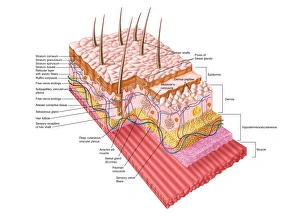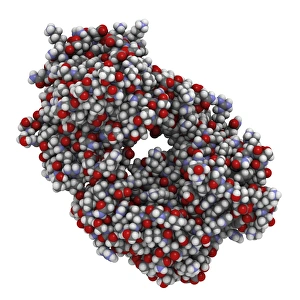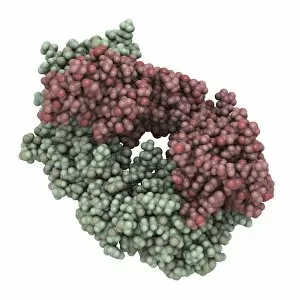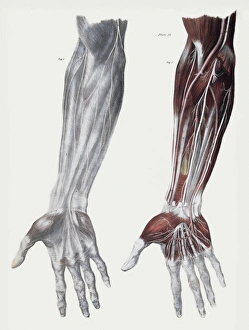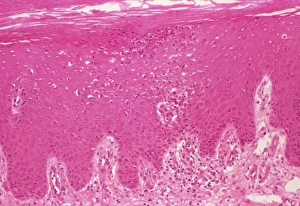Cutaneous Collection
The cutaneous system, also known as the anatomy of the human skin, is a fascinating and intricate network that plays a crucial role in our overall health
All Professionally Made to Order for Quick Shipping
The cutaneous system, also known as the anatomy of the human skin, is a fascinating and intricate network that plays a crucial role in our overall health. From protecting us against external threats to regulating body temperature, this complex organ deserves our attention. One intriguing aspect of the cutaneous system is its molecular composition. Alemtuzumab Fab fragment molecules such as F007/0100, F007/0099, F007/0097, and F007/0098 have been studied for their potential therapeutic applications. These molecules hold promise in treating various skin conditions and diseases by targeting specific cellular components. Moving beyond the microscopic level, let's explore some macroscopic features of the cutaneous system. The hairy scalp skin offers an interesting perspective when observed under a light microscope. Its unique structure provides insulation and protection while adding aesthetic appeal to our appearance. Delving deeper into our extremities, we encounter hand palmar nerve regions depicted beautifully in artwork C016/6836. These nerve endings are responsible for transmitting sensory information from our palms to the brain, allowing us to perceive touch with precision. Similarly, hand dorsal nerve regions (artwork C016/6837) contribute to tactile sensitivity on the backside of our hands. As we move towards our lower limbs, foot medial nerve regions (artwork C016/6839) come into focus. These nerves play a vital role in maintaining balance and proprioception – enabling us to navigate uneven terrain effortlessly. Additionally, foot plantar nerve regions (artwork C016/6838) aid in detecting pressure changes during walking or running. Lastly but certainly not least important are leg nerves - an integral part of the cutaneous system that ensures proper motor function and sensation throughout this region of our bodies. Understanding the intricacies of the cutaneous system allows us to appreciate its remarkable functions better.

